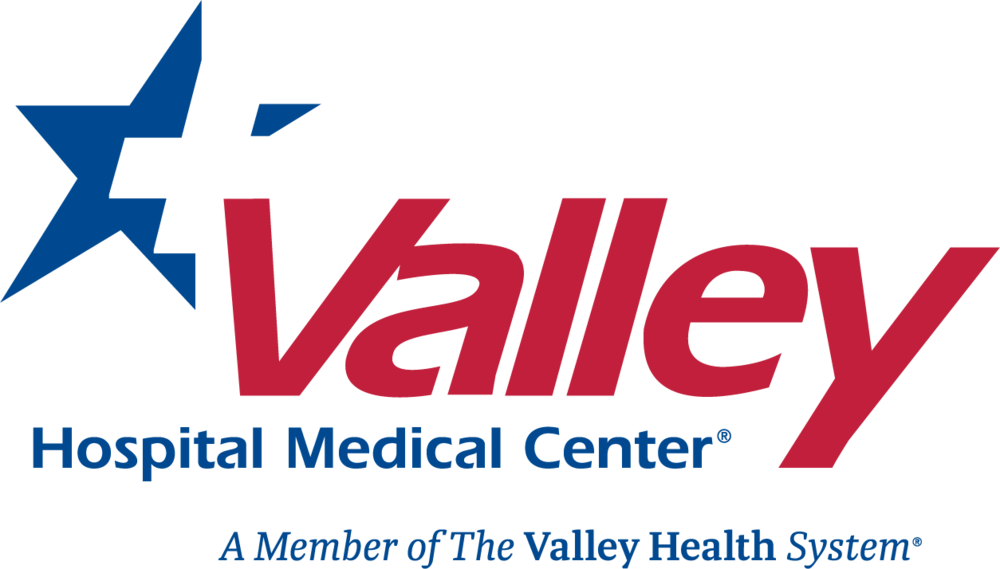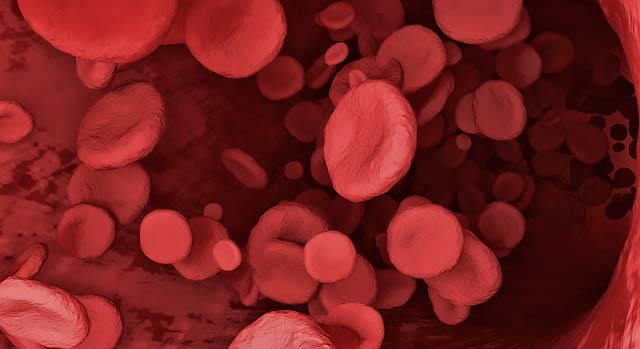Diagnosing and Treating Deep Vein Thrombosis
According to the National Institutes of Health, deep vein thrombosis (DVT) occurs annually in about one of every 1,000 persons in the U.S. Between one and five percent of those affected by DVT will die from complications. Although it is most common in adults over age 40, DVT can occur in any age group.
DVT is the formation of a blood clot in a deep vein (a vein deep inside the body), and commonly affects the lower leg, thigh or pelvis. Occasionally, the veins of the arms are affected. The clot may interfere with circulation and eventually break off and travel through the bloodstream (embolize). The clot could then lodge in the brain, lungs, heart or other area, causing severe damage to that organ.
Risk Factors
There is a higher risk of DVT for those with the following:
- Age (most patients are older than 40 years old)
- Immobility, such as bed rest or sitting for long periods of time
- Recent surgery or trauma
- Coagulation abnormalities
- Having a central venous catheter
- Limb trauma and/or orthopedic procedures
- Childbirth within the last six months
- Hormone therapy or use of oral contraceptives
- History of miscarriage
- Obesity
- Tobacco usage
- Previous DVT or family history of DVT
- Previous or current cancer
Signs of DVT
People who suffer from DVT may experience a combination of the following signs:
- Leg pain or tenderness
- Swelling (edema) of the leg or lower limb
- Warm skin
- Surface veins become more visible
- Skin discoloration and/or redness
- Leg fatigue
Detections and Diagnosis
If a patient shows a number of signs or has risk factors, the following tests may be used to screen for DVT:
Doppler Ultrasound Exam
The most common and most effective procedure, this test uses high frequency sound waves to examine the blood flow in major arteries and veins in the arms and legs. Performed in a radiology or peripheral vascular laboratory, ultrasound is used as an alternative to venography, which is an invasive procedure.
Magnetic Resonance Imaging (MRI)
This is a noninvasive method for rendering images of the inside of an object. It is primarily used in medical imaging to demonstrate pathological or other physiological alterations of living tissues. MRI uses nonionized radio frequency signals to acquire its images and is best suited for noncalcified tissue, such as veins and/or arteries.
Venography/Phlebography of the Leg
This test is a less commonly used X-ray procedure, performed in a hospital, to visualize the veins and identify blood clots in the leg. It is used only when an ultrasound is unclear or when a Doppler cannot be performed. Since veins normally are not seen in an X-ray, a contrast material is injected into the affected vein through an intravenous catheter to make it visible. X-rays are taken as the contrast material flows through the leg.
Treatment Options
Several treatment options are available when DVT has been diagnosed:
Thrombectomy Thrombolysis
Catheter-directed thrombolysis is performed under imaging guidance by interventional radiologists. This procedure is designed to rapidly break up a blood clot, restore blood flow within the vein, and potentially preserve valve function to minimize the risk of post-thrombotic syndrome (a common condition in which the clot remains in the leg because the patient was treated with anticoagulants alone).
Interventional radiologists insert a catheter into the popliteal or other leg vein and thread it into the vein containing the clot, using imaging for guidance. The catheter tip is placed into the clot and a clot-busting drug is infused directly into the clot. The fresher the clot, the faster it dissolves, usually within one to two days. Any narrowing in the vein that might lead to future clot formation can be identified by venography and treated by the interventional radiologist using balloon angioplasty or stent placement. Clinical resolution of pain and swelling and restoration of blood flow in the vein is greater than 85 percent with the catheter-directed technique.
Anticoagulant Medication
Used primarily to prevent fatal pulmonary embolism, patients are given a brief course of heparin (an anticoagulant) for less than a week, while they also start on a three to six month course of warfarin. Warfarin, an oral anticoagulant, causes an increase in the time it takes for blood to clot. Because warfarin usually takes several days to become fully effective, heparin is continued until warfarin has been fully effective for at least 24 hours.
In almost all cases, warfarin is started only after heparin is started. Patients who have had recurrent DVTs may have to take anticoagulant medication for the rest of their lives. It is important to note that long-term use of anticoagulant medication can lead to scarring of the veins and a higher risk of developing more clots.
Inferior Vena Cava “Greenfield” Filter
Less commonly used, patients who cannot have anticoagulant treatment, or those who have recurrent clots while on anticoagulation medications, can have an inferior vena cava filter implanted. Inserted via the blood vessels through the large vein in the groin (femoral vein) or the large vein in the neck (internal jugular vein), the Greenfield filter is a medical device that is implanted into the inferior vena cava to prevent blockage of an artery in the lungs by a blood clot (pulmonary emboli).
The filter also can be used for patients who suffer from thromboembolism disease or have a high risk of pulmonary embolism. The filter captures small blood clots, but allows normal blood to pass. Generally, once the filter is placed inside the body, it is permanent since filters will begin to become overgrown by cells from the cell wall. Retrievable filters are becoming more commonly used, especially in young people, but there is an increased risk of inferior vena cava injury if the filter is dislodged or removed after three weeks.
Surgery
Surgical removal of a blood clot is considered only in rare cases, such as when the clot is very large, blocking a major blood vessel and causing severe symptoms. Surgery also increases the risk of developing new blood clots.
Your physician also may recommend that you elevate your leg(s) when possible, use a heating pad, take walks and wear compression stockings. These measures may help reduce the pain and swelling that can occur with DVT.

